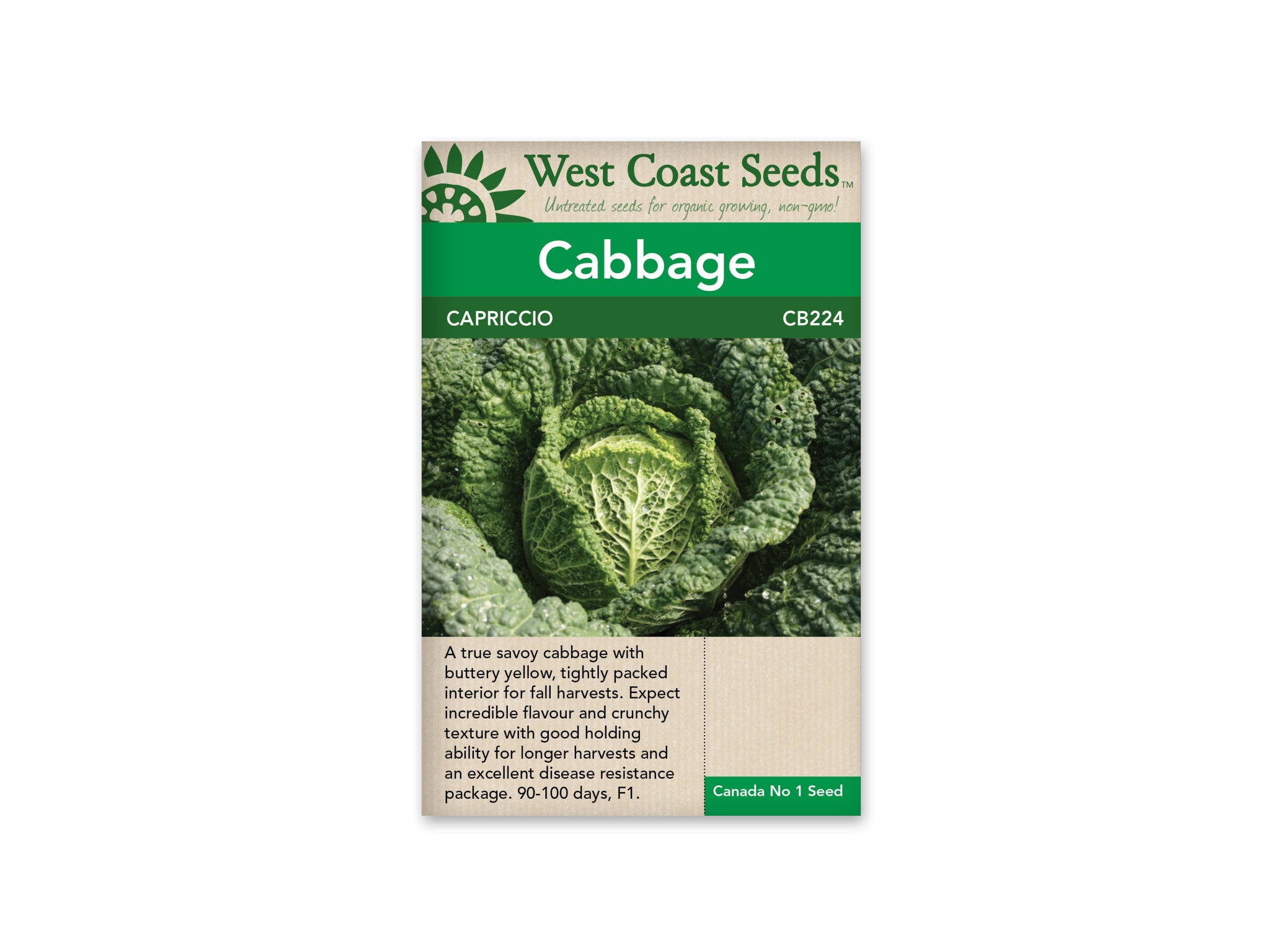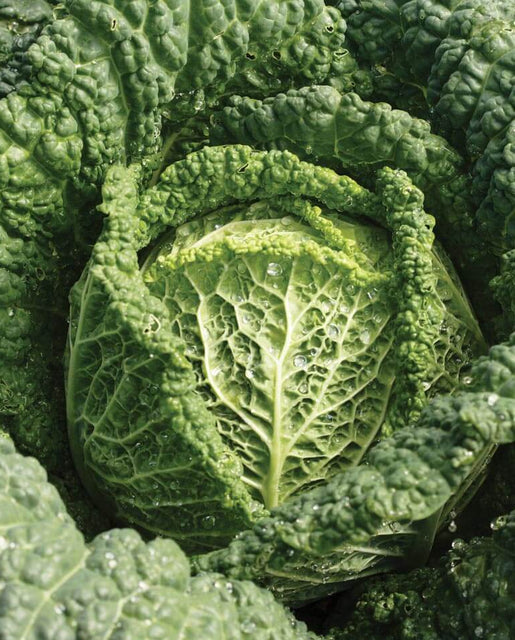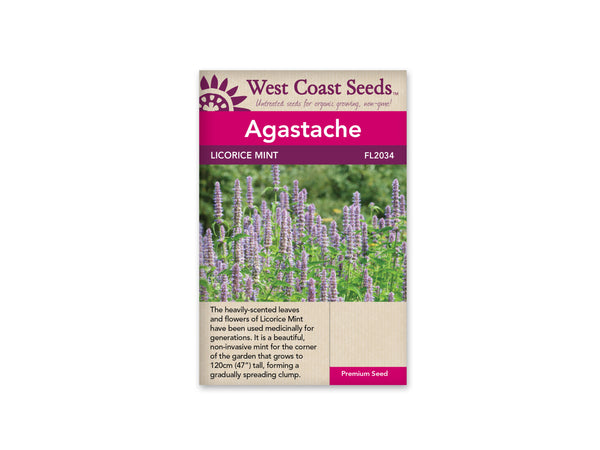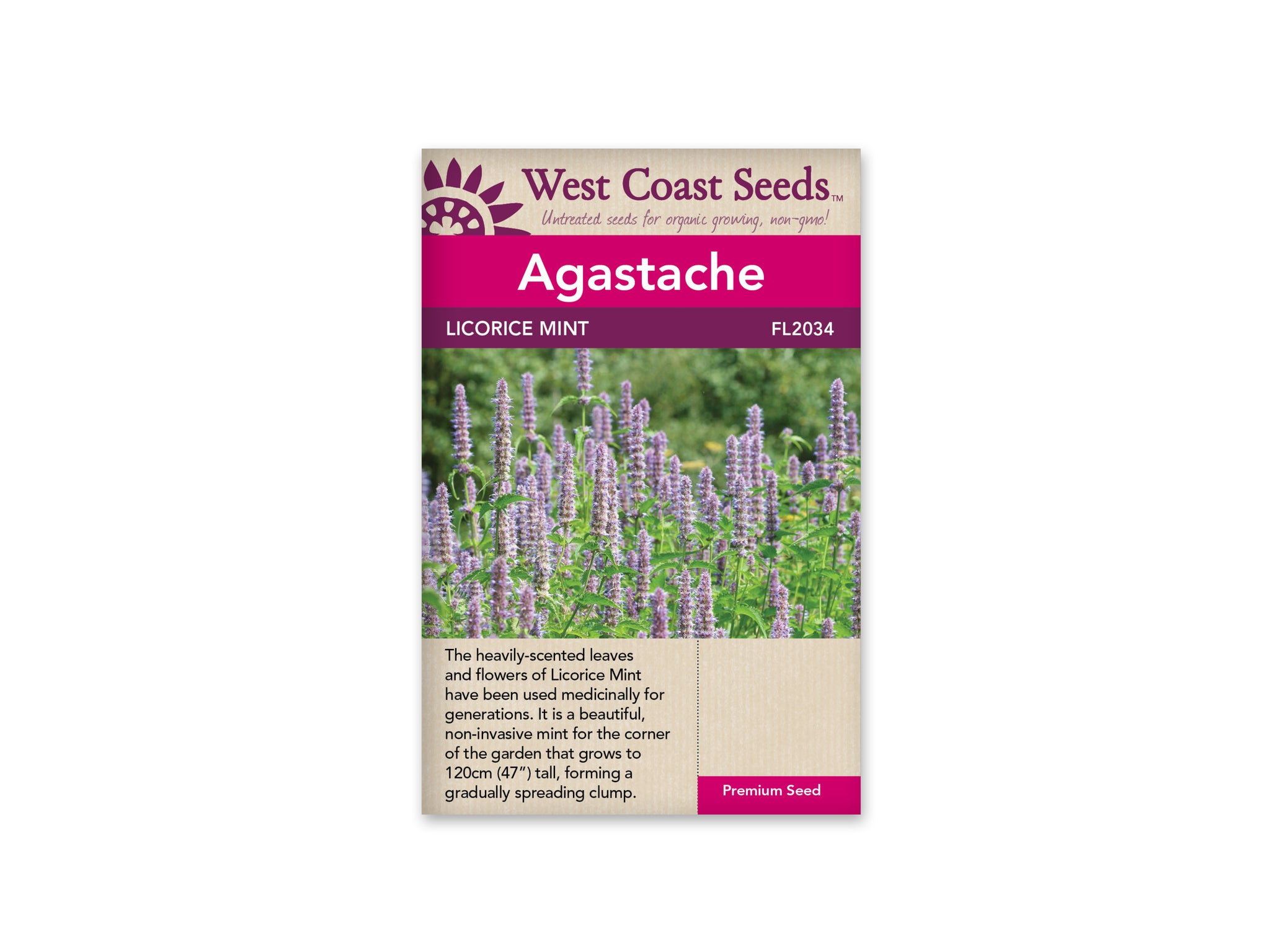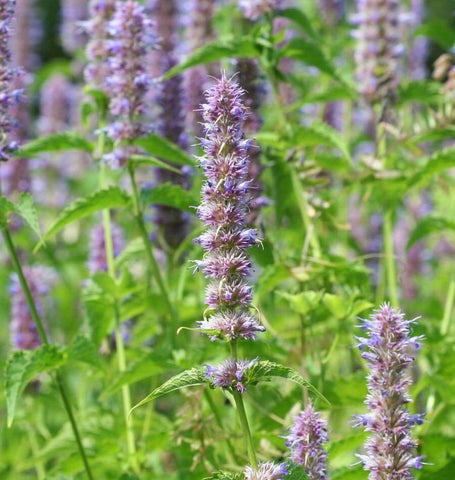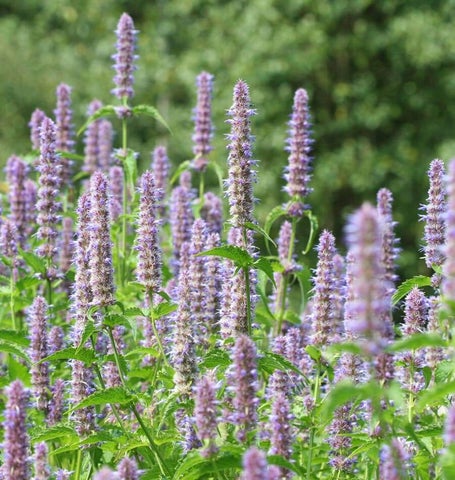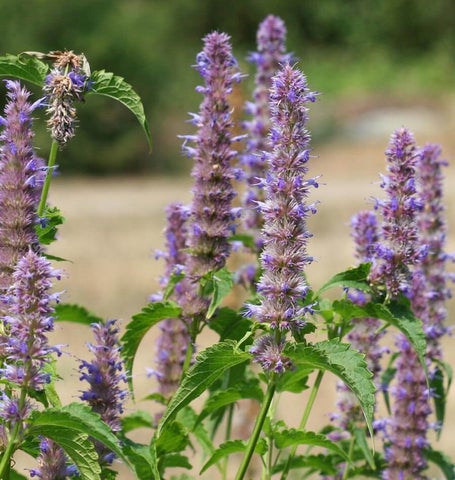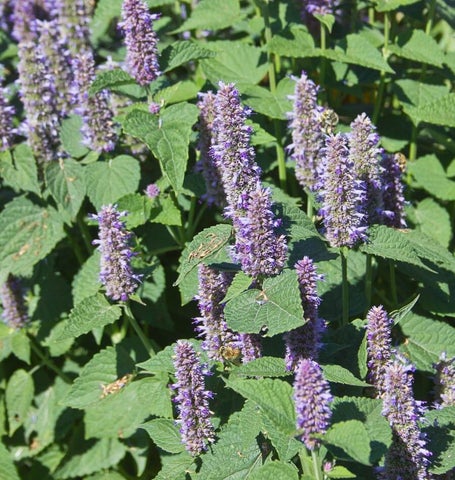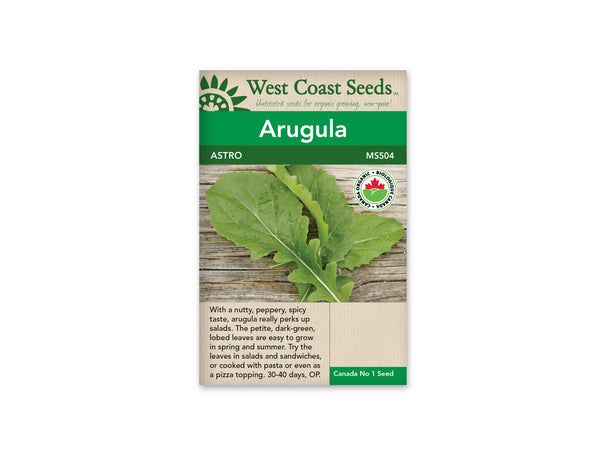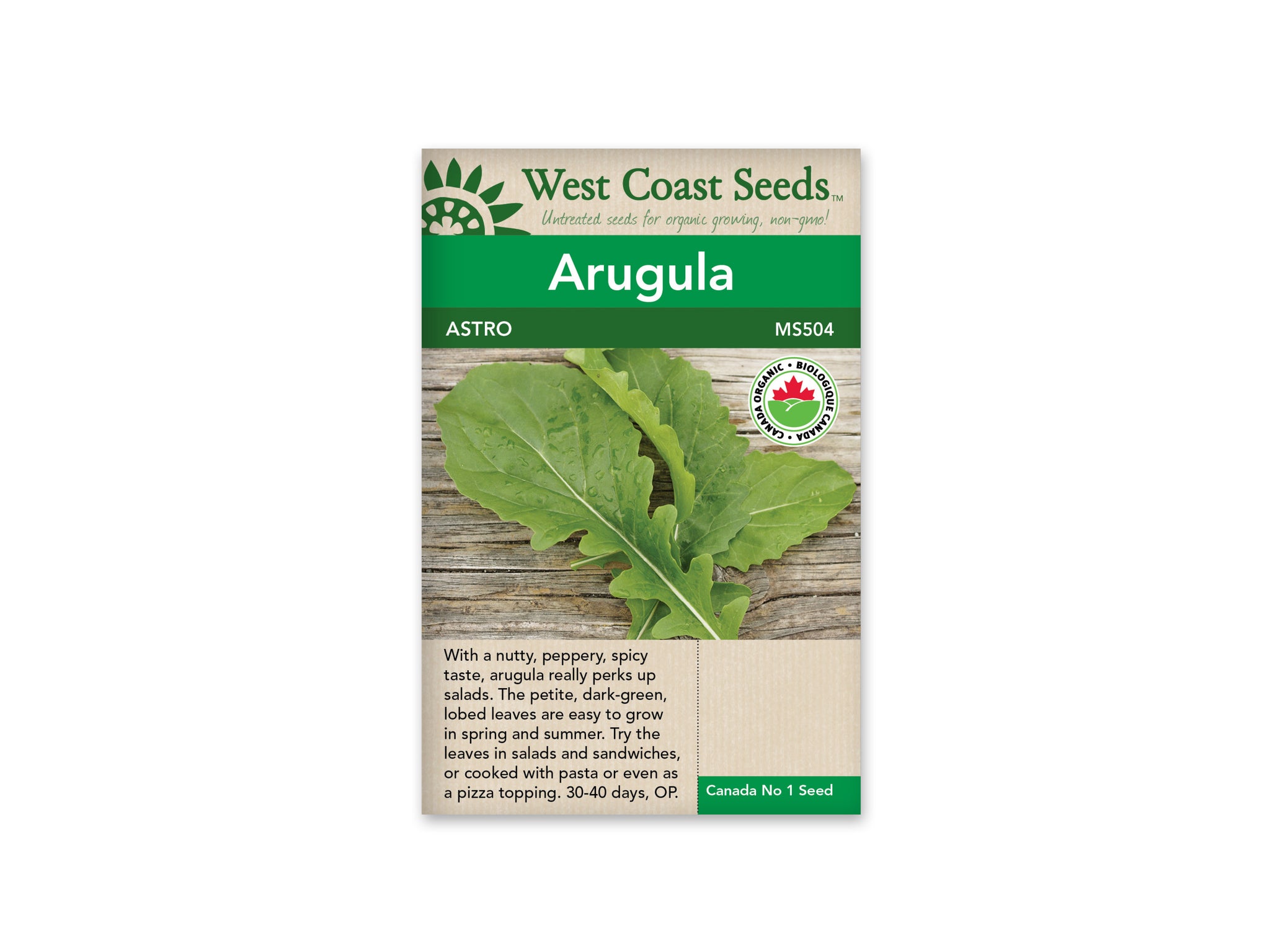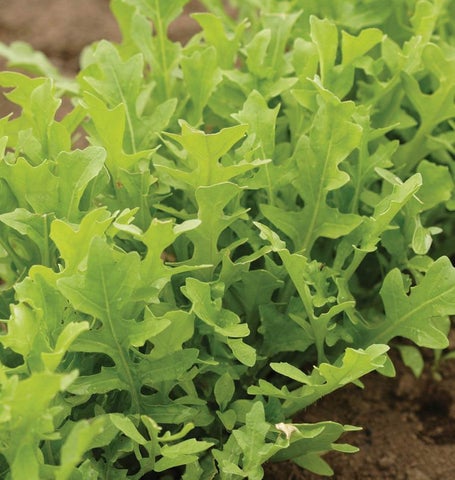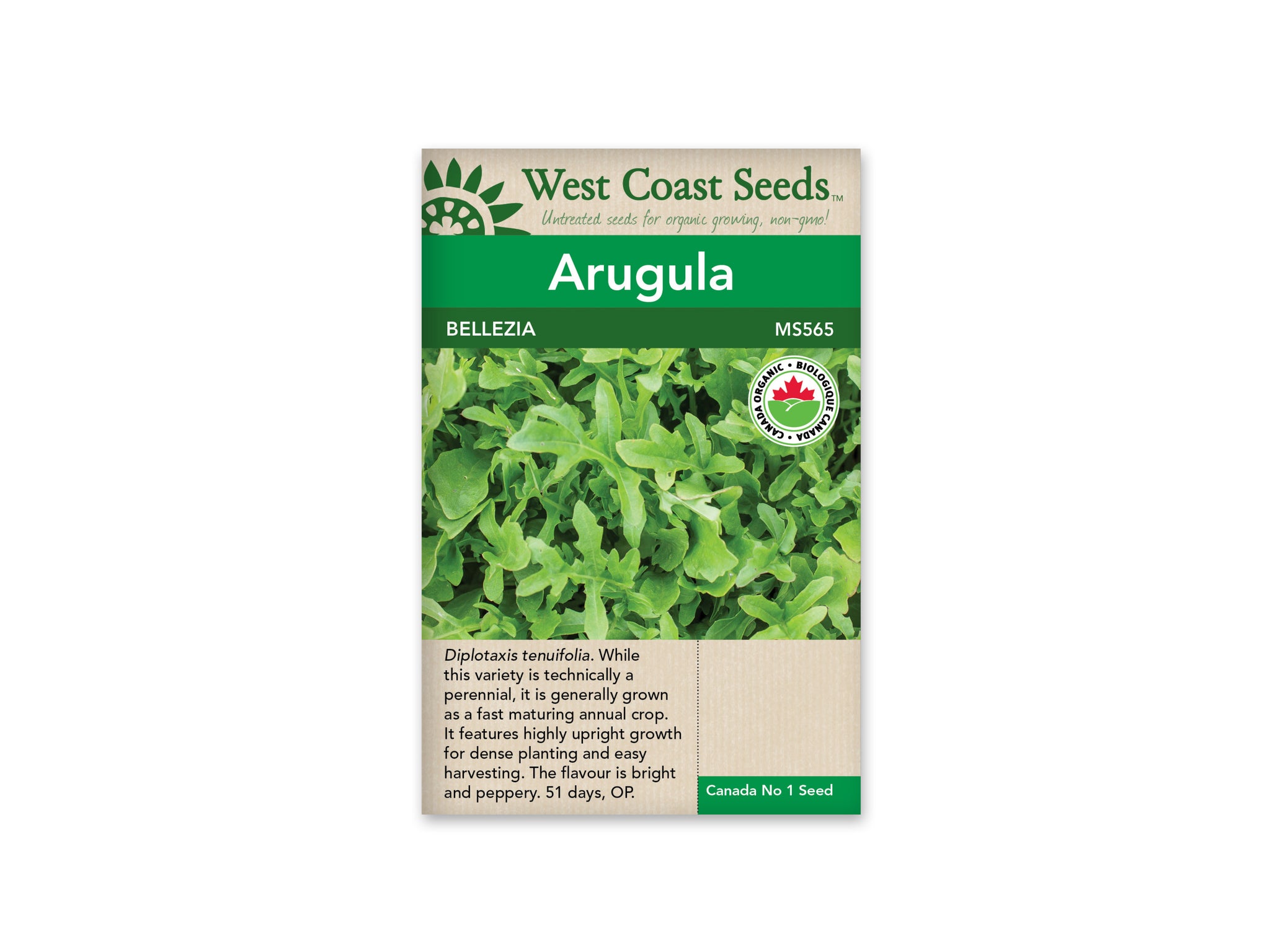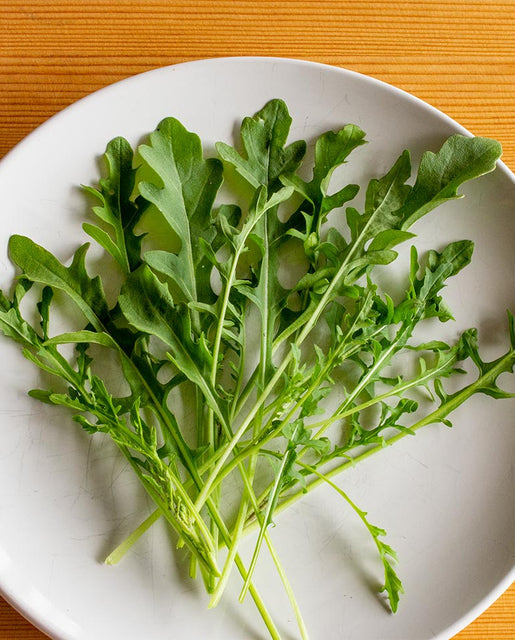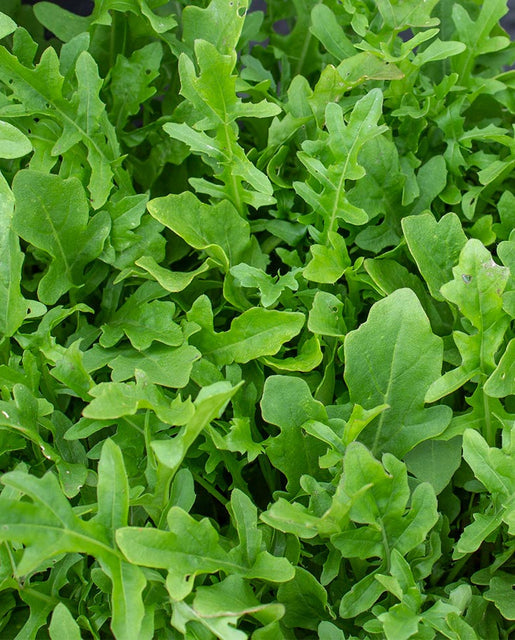Canadian Orders: Flat-Rate Shipping on Orders over $75 | Orders Over $150 Ship Free!
-
Shop
- New Arrivals
- Gardening
- Seeds
- Children + Baby
- Bath + Skin Care
- Baby Toys
- Books
- Puzzles + Games
- Loose Parts + Creative Play
- The Little Naturalist
- Play Chef
- Slings
- Apothecary
- Kids Lunches
- Accessories
- Sustainable Living
- Brushes / Brooms
- Food Storage
- Outdoors
- Coffee, Tea, Chocolate + Honey
- Coffee + Tea Accessories
- Water bottles + Travel Mugs
- Cookbooks
- Dishwashing
- Laundry
- Cleaners
- Accessories
- On The Go Essentials
- Self Care
- Face Care
- Body Care
- Hair Care
- Cosmetics
- Deodorant
- Toothpaste + Oral Care
- Sun Care
- Accessories
- Zero Waste Bathroom
- Soap
- Essential Oils
- For Men
- Books
- Apothecary + Natural Supplements
- Pet Care
- Shop Local
- Bulk
- In Store Pick Up
- Home Improvement
- Paint & Stain
- Discover
- Bulk Bar
Cabbage — Capriccio Savoy
$6.29
FALL HARVEST. Let yourself be seduced by the buttery yellow interior of this early, true savoy cabbage. The plants of Capriccio cabbage seeds have tightly packed centres, with incredible flavour and a crunchy texture that will keep you coming back for more. Dense, uniform heads with good holding ability for longer harvests and an excellent disease resistance package. Capriccio is a great early true savoy with excellent field holding ability and good disease resistance. This cabbage has beautiful, uniform, dense heads with a dark green wrap, tight savoy and a buttery yellow interior.
Matures in 90-100 days. (Hybrid seeds)
Quick Facts:
- Buttery yellow interior
- Incredible flavour, crunchy texture
- Dense, uniform heads
- Good holding ability
- Matures in 90-100 days
Size: 50 seeds
How To Grow:
Cabbage is another member of the Brassica family that is full of nutrients, including vitamins A, B1, B2, and C, as well as various antioxidants. The American Cancer Society strongly urges an increased intake of cabbage and other Brassicas in the diets of North Americans. Eating lots of cabbage may also protect the eyes from macular degeneration. To preserve its vitamins and mineral content, do not overcook cabbage. Store cut cabbage in the refrigerator in a plastic bag with holes in it and use as soon as possible. Cabbages are also highly ornamental in the garden - choose varieties for colour, deep-red, blue-green, dark-green or leaf texture, savoy (crinkled), or flat leaf. To learn How to Grow Cabbage follow the simple instructions below.Exposure: Full-sun
Sow indoors beginning in late winter and transplant outdoors from 2 weeks after the last frost date to early summer. Overwintering cabbage is sown outdoors during July where winters are mild. Optimal soil temperature: 10-30°C (50-85°F). Seeds should germinate in 7-10 days.
Starting
When learning how to grow cabbage, sow 3 or 4 seeds per pot, 5mm (¼”) deep, under very bright light. Thin to the strongest plant. Space transplants 45-60cm (18-24″) apart in rows 60-90cm (24-36″) apart.
Growing
Ideal pH: 6.5-7.0. Cabbage does best in humus-rich soil amended with composted manure. Mix ½ cup complete organic fertilizer into the soil beneath each transplant. If growth slows, side dress with a little more balanced organic fertilizer. Heads of early varieties can split from over-maturity, rapid growth after heavy rain, or irrigation after dry spells. Splits can be delayed by twisting the plant or cultivating deeply next to plants in order to break roots and slow growth. Fall and winter varieties stand in the garden longer without splitting. If direct sown, add 20-25 days to the maturity date. If cabbages won’t form heads, it may be from an imbalance of too much nitrogen in the soil in relation to phosphorus. Cabbages require cool temperatures to form heads well. Hot weather can interfere with the development of heads.
Cabbage heads are ready when they’re firm to the touch, and when the interior is fairly dense. Heads will split when they’re allowed to overly mature. Rapid growth due to excess watering and fertility will also cause splitting of the head. Plant early, mid-season and late varieties to spread out your harvest. Late varieties tend to be better for storage or for making sauerkraut. Early (summer harvest) varieties tend not to store as well.
Seed Info
In optimum conditions at least 80% of seeds should germinate. Uual seed life: 3 years. Per 100′ row: 200 seeds, per acre: 44M seeds.
Diseases
Purple blotch (Alternaria porri) – Avoid wetting foliage if possible. Water early in the day so plant parts above the ground dry as quickly as possible. Allow for air circulation, and avoid crowding plants. Pull weeds around plants and garden area to increase air circulation. When plants are not wet, remove and destroy affected plant parts. In autumn rake and destroy all fallen or diseased leaves and fruit.
Clubroot – If soil infested, add lime to raise soil pH to 7.2. Practice strict crop rotation. If that is not possible, remove infested soil and replace with fresh soil. Purchase healthy transplants or start seed in sterile potting mix or fresh ground. Remove and discard or destroy entire infested plants along with immediately surrounding soil and soil clinging to roots.
Pests
Flea Beetles – Use row covers to help protect plants from early damage. Put in place at planting and remove before temperatures get too hot in mid-summer. Control weeds.
Cutworms – Control weeds. Cardboard collars around each plant give good protection.
Cabbage root maggot – White maggot larvae tunnel in and feed on roots of plants. Damage causes wilting early on, death of plants later on. Use row covers to help protect plants from early damage.
Cabbageworms – Handpick and destroy. Row covers may be useful on small plantings to help protect plants from early damage. Put in place at planting and remove before temperatures get too hot in midsummer.
Cabbage aphids – A hard stream of water can be used to remove aphids from plants. Wash off with water occasionally as needed early in the day. Check for evidence of natural enemies such as gray-brown or bloated parasitized aphids and the presence of alligator-like larvae of lady beetles and lacewings.
Companion Planting
All Brassicas benefit from chamomile, dill, mint, rosemary, and sage. Avoid planting near eggplants, peppers, potatoes, or tomatoes. These plants in the Solanum group thrive in slightly acidic soil, as does the fungus that causes clubroot.
Related Items
Agastache — Licorice Mint
Sold Out $3.49
Agastache foeniculum. With heavily licorice-scented leaves and tall spikes of edible lavender flowers, Licorice Mint has been used medicinally for generations. It also happens to...
View full product detailsArugula — Astro Organic
Sold Out $3.99
CERTIFIED ORGANIC! Astro organic arugula seeds produce a plant with leaves that are less lobed and more strap-like. It has a milder flavour than regular...
View full product detailsArugula, Wild — Selvatica Heirloom Organic
Sold Out $3.69
CERTIFIED ORGANIC! Diplotaxis tenuifolia. While technically this variety is a perennial, growers and home gardeners will probably prefer growing it as a fast maturing annual crop. Bellezia...
View full product detailsSign up to get the latest on sales, new releases and more…
© 2025 Sustain.
Ecommerce Software by Shopify

